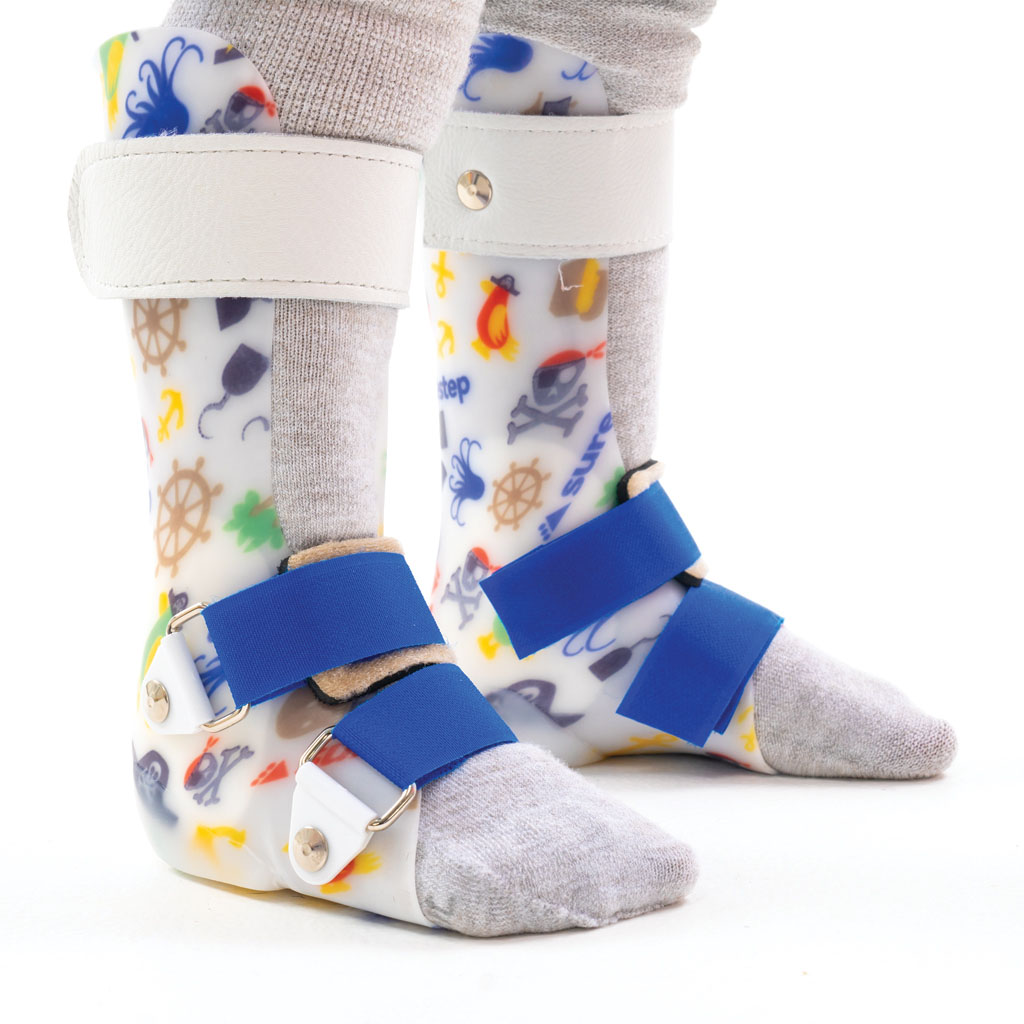Foot Braces Fundamentals Explained
Foot Braces Fundamentals Explained
Blog Article
4 Simple Techniques For Foot Braces
Table of ContentsThings about Foot Braces7 Simple Techniques For Foot BracesNot known Facts About Foot Braces
(1) Background: ankle-foot orthosis (AFO) is the most commonly suggested orthosis to people with foot decline, and ankle and foot troubles. In this research study, we aimed to assess the frequently used kinds of AFO and present the current growth of AFO. (2) Methods: narrative testimonial. (3) Results: AFO prevents the foot from being dragged, supplies a clearance between the foot and the ground in the turning phase of stride, and maintains a secure pose by allowing heel call with the ground throughout the stance stage.By placing thermoformed plastic to cover the positive plaster design, it generates the orthosis in the exact shape of the model. PAFO typically contains a shank covering, foot plate, and Velcro band, with depend upon ankle joint joints as required [13,14] PAFO can be identified according to the presence of hinges, generally as strong ankle joint kinds without joints and hinged ankle types with extra hinges.
The leaf-like folds are meant to enhance the part of the ankle with the most amount of activity and duplicated loadings. The folds function as a spring in the ankle that permits mild dorsiflexion in the mid and incurable stances, and this elasticity can also partially aid the push-off feature in the terminal stance.

The Single Strategy To Use For Foot Braces
The plantarflexion can also be totally restricted by suitable the coverings at 90 without room in between. The Gillette joint, like the Oklahoma joint, connects a separate shank shell with the foot covering, allowing both plantarflexion and dorsiflexion. HAFO is widely used in kids with spastic diplegia and individuals with abnormal hemiplegia after stroke, as it can extend the ankle joint plantar flexor to lower rigidity and reduce chaotic muscle-response patterns.
